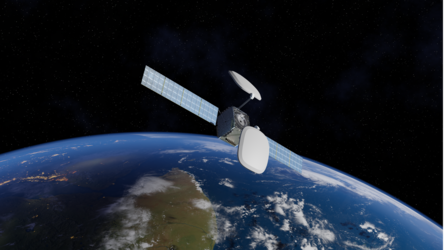

HummingSat PDR with Swissto12
The HummingSat project has made major progress on the development of its product line, with Preliminary Design Review (PDR) meetings held for both the Intelsat 45 and Inmarsat 8 missions. These reviews are critical in ensuring that the satellite designs meet all necessary requirements before moving to the next phase of development.
HummingSat is developed through an ESA Partnership Project with SWISSto12, a manufacturer of next-gen radio frequency payload technologies for geostationary satellites. Named after the tiny and agile, yet seemingly stationary hummingbird, these small satellites are revolutionising space technology and capturing significant market interest.
HummingSat offers a compact and cost-effective solution for satellites in geostationary orbit (GEO) soaring 36 000 km above Earth. Comparable in size to an industrial washing machine and about one-tenth the size of conventional geostationary satellites, they weigh approximately 1000 kg at launch. These compact dimensions make them suitable for rideshare missions, significantly reducing launch costs. They also utilise SWISSto12's unique 3D-printing technology, enhancing payload performance and streamlining the manufacturing process. Despite their small size and lower cost, HummingSat is designed to provide competitive mission capabilities and maintain reliability for 15-year missions in GEO.
Since its unveiling in 2022, the HummingSat project has maintained impressive momentum. Four satellites have been ordered to date: one by Intelsat (IS-45), scheduled for launch in 2026 to support Intelsat's media and network customers, and three by Inmarsat (I-8 series), set to provide global safety services and emergency communications for ships and aircraft from 2026 onwards. The project continues to attract interest, with nine ESA Member States now participating: Austria, Canada, Germany, the Netherlands, Norway, Poland, Spain, Sweden, and Switzerland.





